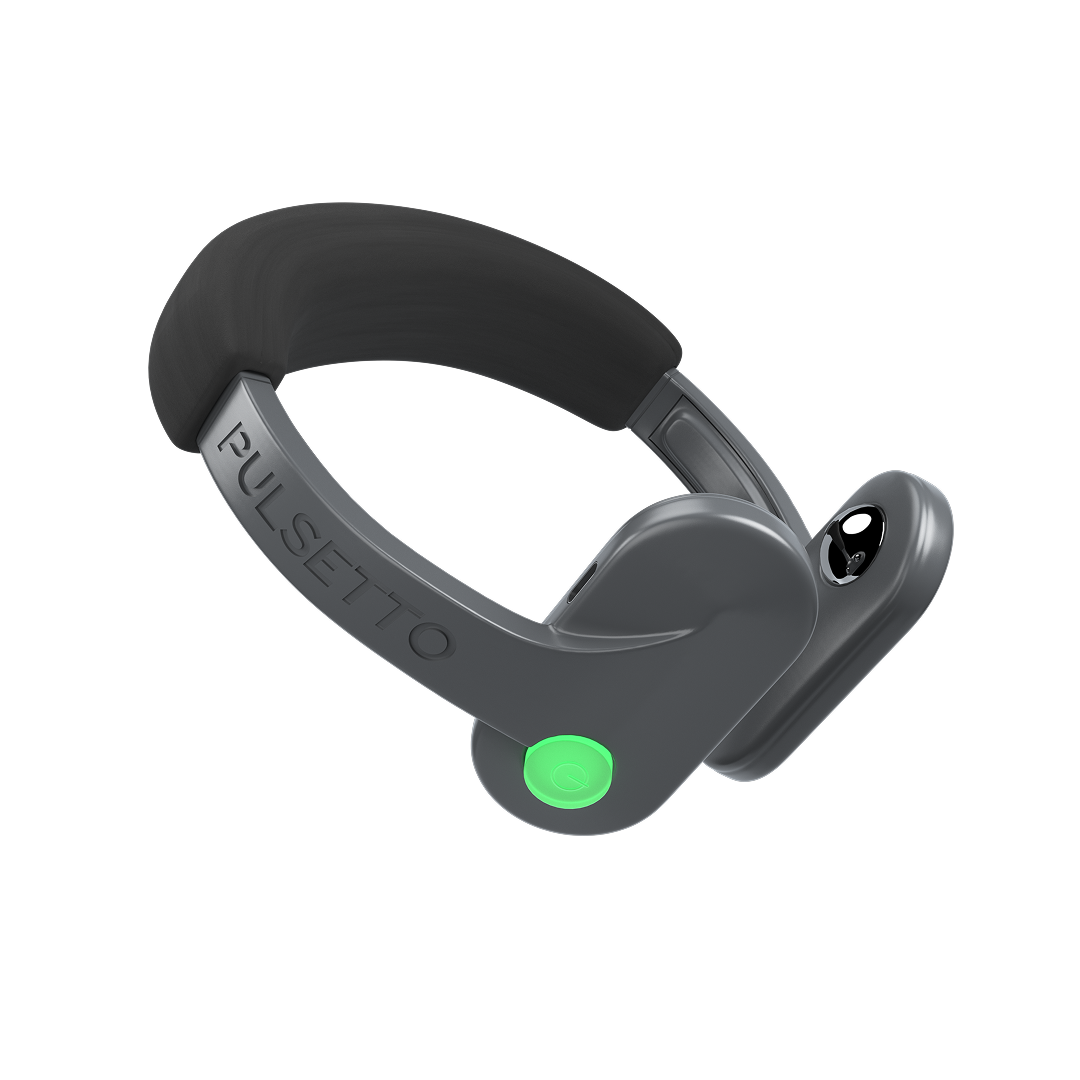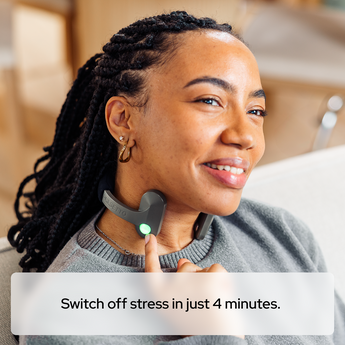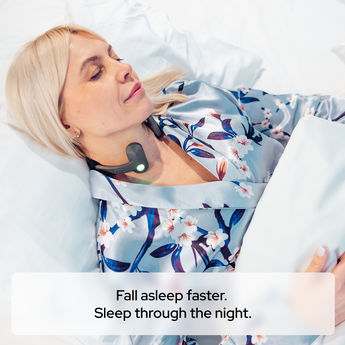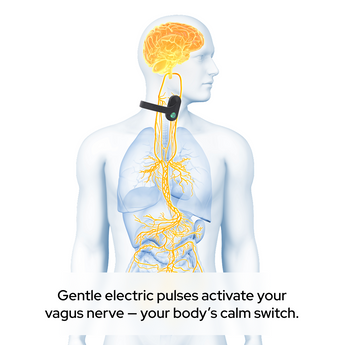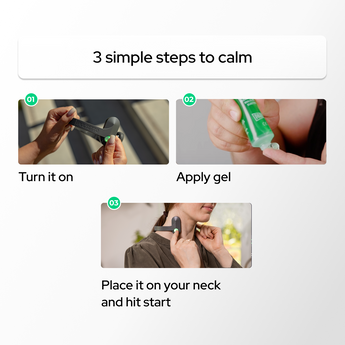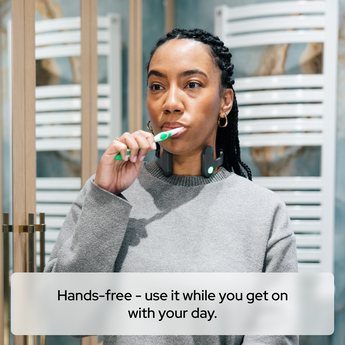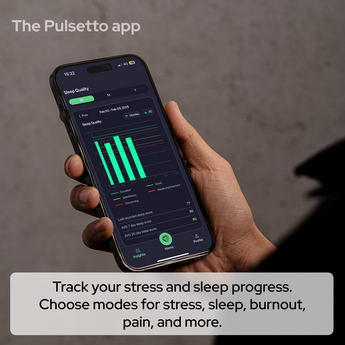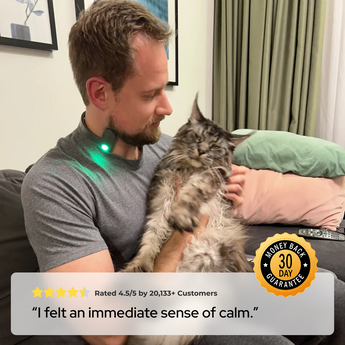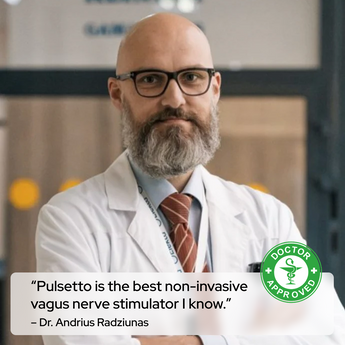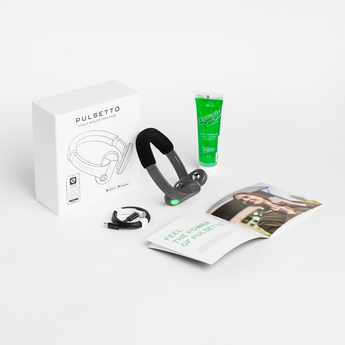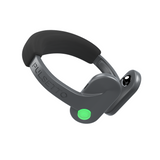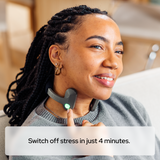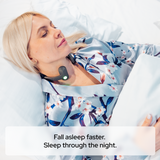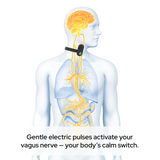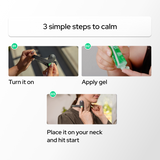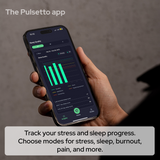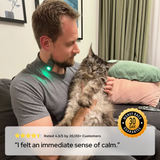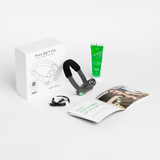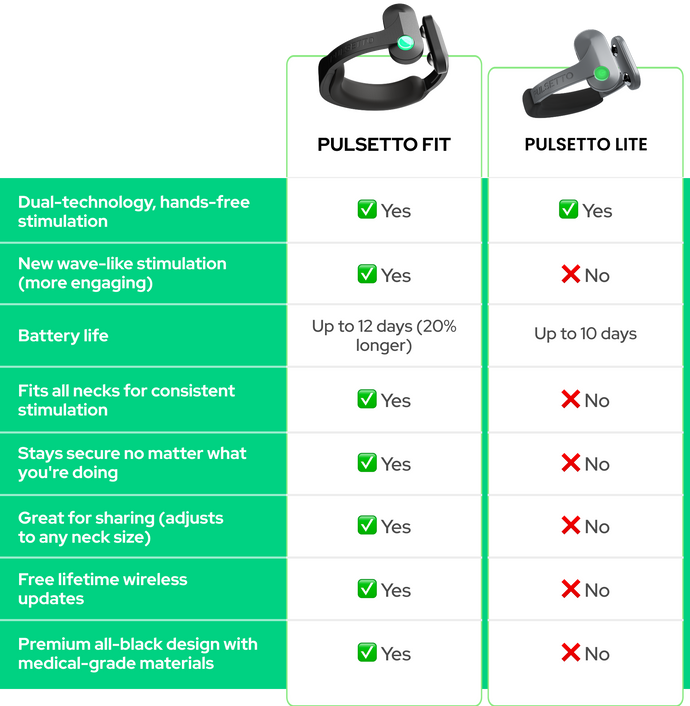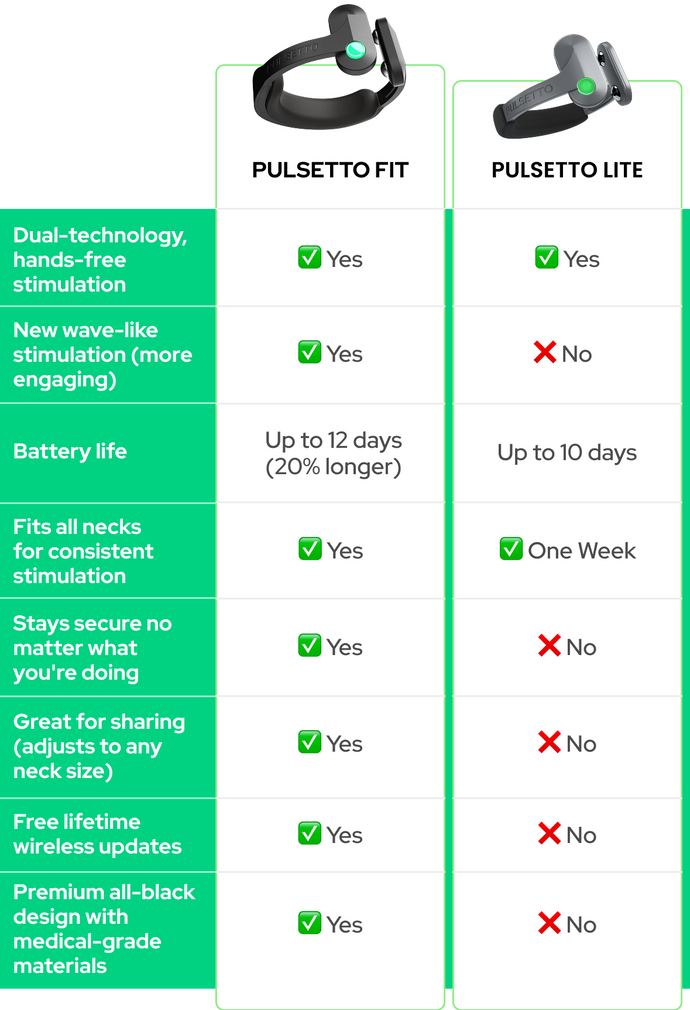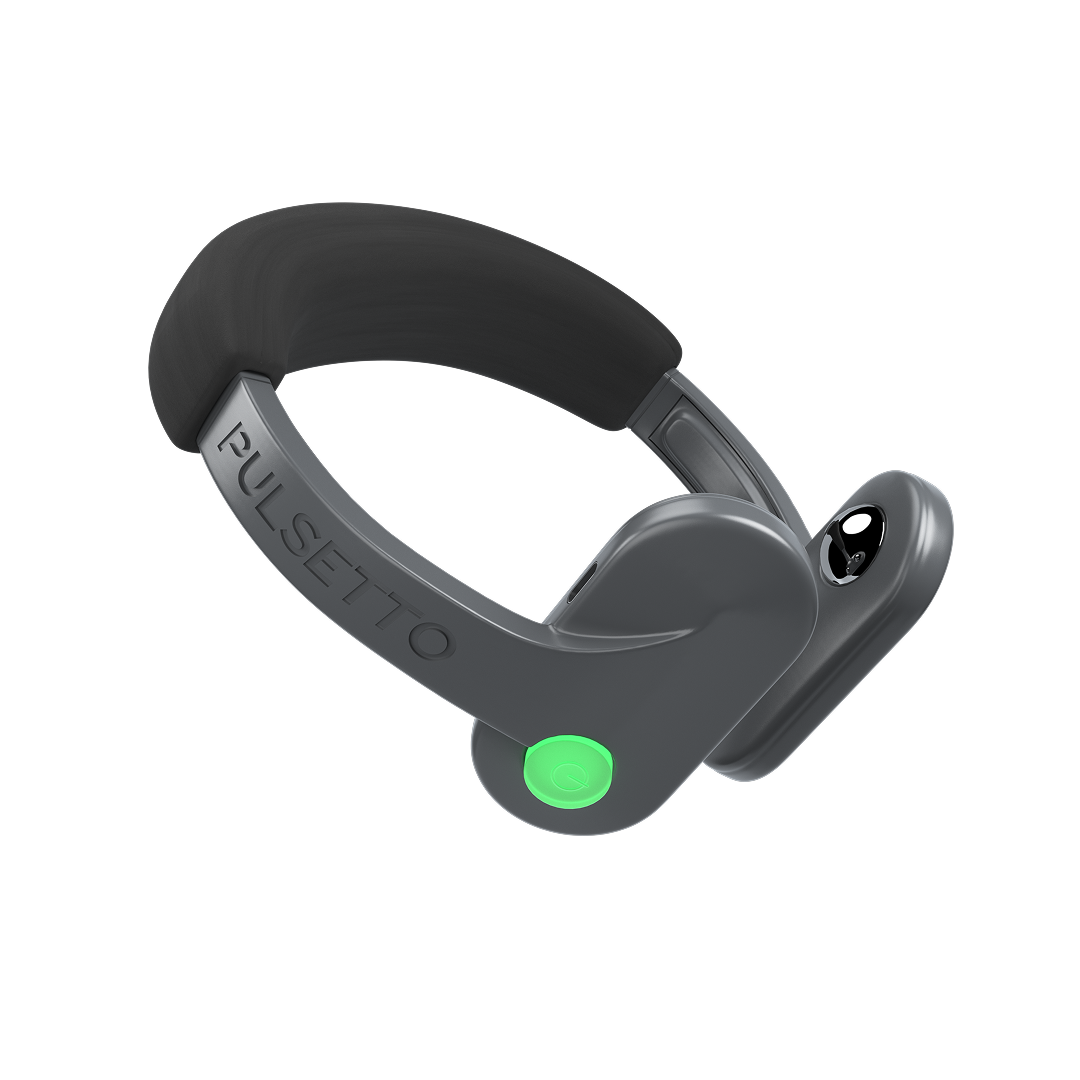Utilizing HRV Exercises for Anxiety Relief
Understanding Heart Rate Variability
If you have an advanced wearable fitness tracker, you probably know what heart rate variability (HRV) is. In case you don’t - it’s the variation in time between each heartbeat. So, why should you even worry about it? Well, it’s an important health indicator.
A higher HRV generally signifies a healthy, responsive, and adaptable autonomic nervous system, whereas a low HRV can indicate stress, fatigue, or potential cardiovascular issues. By increasing HRV through specific exercises, you can improve your body's ability to handle stress and reduce anxiety.
Deep Breathing Drills
One of the simplest and most effective HRV exercises is deep breathing. Here's how to do it:
- Sit or lie down in a comfortable position.
- Close your eyes and take a slow, deep breath in through your nose for a count of four.
- Hold your breath for a count of four.
- Exhale slowly through your mouth for a count of six.
- Repeat this process for 5-10 minutes.
Cold Exposure Techniques
Cold exposure can also improve HRV and stimulate the vagus nerve - when you are exposed to cold temperatures, your body activates its fight-or-flight response. The vagus nerve helps to counterbalance the sympathetic nervous system's stress response by promoting relaxation and reducing heart rate - in other words, cold exposure can enhance vagal tone, which helps in calming the body and restoring a state of equilibrium.
So, how do you do it? One simple method is to splash cold water on your face or take a cold shower or bath. It doesn’t have to be extreme - even very brief cold exposure can improve your HRV. The ice bucket challenge will work too!

A cold bath or shower can increase your HRV.
Singing or Humming
Another activity that promotes vagal tone is singing or humming - and if you do it while taking a cold shower, you’ll enjoy a double effect! Sing your favorite song or simply hum for a few minutes every day.
So, how does it work exactly? When you sing or hum, you engage in deep, rhythmic breathing, which has a direct impact on the vagus nerve. The result is a higher HRV, indicating a well-functioning autonomic nervous system capable of effectively managing stress and recovery.
Gargling
Gargling with water is another simple technique to stimulate the vagus nerve that works similarly to singing. Here's how to do it:
- Fill a glass with cold water.
- Take a sip of water and tilt your head back slightly.
- Gargle the water in the back of your throat for 30 seconds to a minute.
- Repeat this process a few times throughout the day.
Non-Invasive Vagus Nerve Stimulation Devices
How VNS Devices Work
While the natural techniques we listed above are effective, non-invasive VNS devices are a more convenient and practical way to stimulate the vagus nerve. You can use them at home, at work, or on the go for just a few minutes every day to achieve both an immediate and a long-term calming effect.
They work by delivering mild electrical impulses to the vagus nerve through the skin. These impulses travel along the nerve to the brain, where they regulate the nervous system and reduce anxiety.

Vagus nerve stimulators like Pulsetto can be easily incorporated into your routine.
Benefits and Limitations
VNS devices offer several benefits:
-
Convenience: They can be used at home, at work, or when traveling.
-
Non-invasive: Unlike surgical implants, these devices do not require surgery or recovery time.
-
Drug-free: VNS devices are a natural alternative to medication for managing anxiety.
However, there are also some limitations:
-
Cost: Non-invasive VNS devices can be expensive.
-
Effectiveness: While many people find VNS devices helpful, they may not work for everyone.
-
Consistency: Regular use is required to see the benefits, so it's important to stay committed to the routine.
Comparing Non-Invasive Methods and HRV Exercises
Effectiveness in Reducing Anxiety
Both non-invasive VNS devices and HRV exercises can effectively reduce anxiety by stimulating the vagus nerve. HRV exercises, such as deep breathing and cold exposure, can be done anywhere and provide immediate relief. On the other hand, VNS devices offer consistent and targeted stimulation, which is particularly helpful for those with chronic anxiety.
Ease of Use and Practicality
HRV exercises are simple and can be done without any special equipment - they are accessible and easy to incorporate into your daily routine. However, they require regular practice to see lasting benefits.
Non-invasive VNS devices, while convenient, require an initial investment and may take some time to get used to - but once you’ve started using them every day, they provide consistent stimulation without much effort.
Cost and Accessibility
HRV exercises are free and can be done by anyone. VNS devices may be costly, and not everyone can afford them - however, if your anxiety has a significant effect on your quality of life, the investment can be worthwhile.
“I love how small and comfortable this device is to wear. I have been using it before bed and have fallen asleep wearing it every night. It has been helpful with pain and with relaxation. It is pretty easy to use with just one button on it. The battery life lasts a long time too and it charges via USB-C.”
Customer review for Pulsetto

Pulsetto vagus nerve stimulator is a small, portable device.
Pulsetto Vagus Nerve Stimulation
Our device offers a practical solution for managing anxiety through vagus nerve stimulation. It is super easy to use - you just need to put it on your neck and choose a program in the accompanying app. There are 5 expert-designed programs for stress, anxiety, and more.
When you buy the vagus nerve stimulator, you also get a 3-month free trial of our Premium app subscription with 3 extra stimulations, 11 unique guided meditations, 54 breathing exercises, 1200 positive affirmations, and more.
With Pulsetto, you can take control of your anxiety and improve your mental health with minimal effort.
Experience the calming effect of Pulsetto today!
Frequently Asked Questions (FAQ)
What is vagus nerve stimulation?
Vagus nerve stimulation (VNS) is a technique used to activate the vagus nerve, which runs from the brainstem through the neck and into the chest and abdomen. By stimulating this nerve, VNS regulates the parasympathetic nervous system, promoting relaxation and reducing anxiety.
What are HRV exercises?
Heart rate variability (HRV) exercises are techniques used to improve the variability in time between each heartbeat. Higher HRV is associated with a healthier heart and a more resilient stress response. HRV exercises, such as deep breathing, cold exposure, singing, and gargling, can improve vagal tone and reduce anxiety.
Which method is most effective for anxiety?
Both natural activation techniques and non-invasive VNS devices can be effective in managing anxiety. Combining HRV exercises with the use of a VNS device like Pulsetto can provide comprehensive anxiety relief.
How do I use the Pulsetto VNS device?
Using Pulsetto is simple. Place the device on your neck and activate it to deliver mild electrical impulses to the vagus nerve.
Are there side effects to VNS?
Non-invasive VNS devices are generally safe and have minimal side effects. Some people may experience mild discomfort or tingling at the site of stimulation.
How long does it take to see benefits?
The time it takes to see benefits from VNS can vary from person to person - some people may experience immediate relief, while others may need to use the device consistently for several weeks to notice significant improvements.



